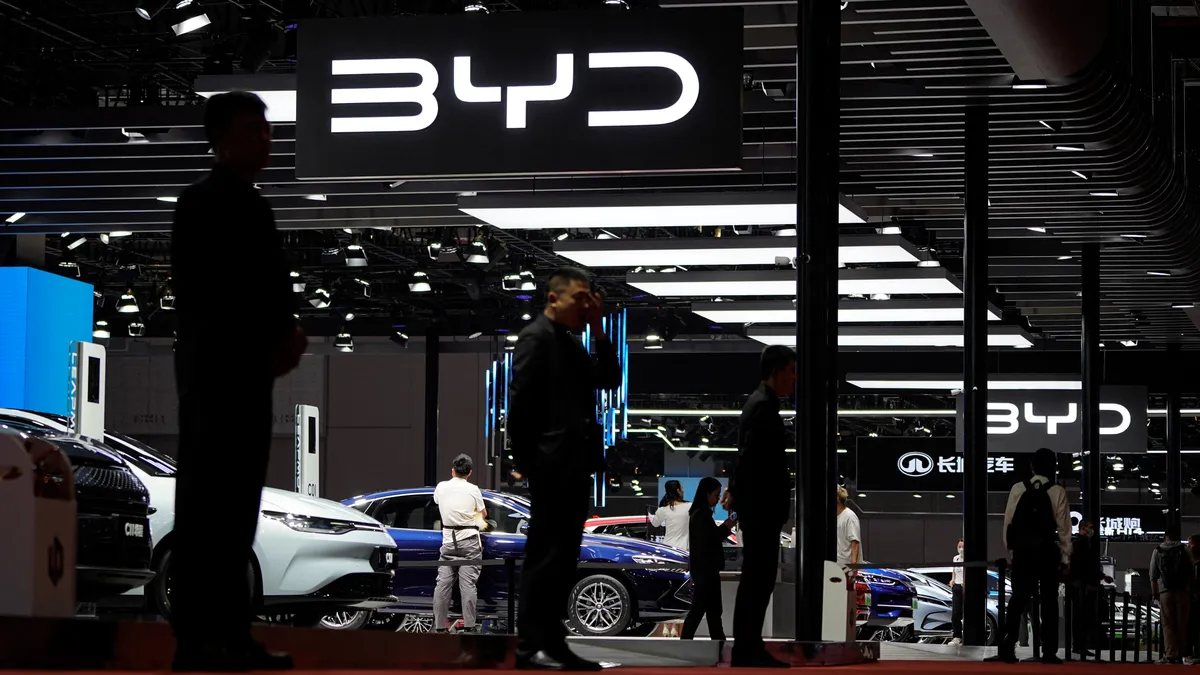China’s presence in Latin America has been synonymous with major infrastructure projects and the exploitation of natural resources for the past two decades. However, a recent report by the Inter-American Dialogue, a Washington think tank, suggests that Chinese capital flows into the region are changing. The report indicates that Chinese money is now flowing into smaller, more strategic investments in line with Beijing’s economic growth objectives. The report also highlights that China’s rivalry with the United States is greatly affecting capital flows into Latin America.
China’s rivalry with US ‘greatly affecting capital flows’ into Latin America
The rivalry between China and the United States is having a significant impact on capital flows into Latin America. According to the Inter-American Dialogue report, Chinese investments in Latin America fell to US$6.4 billion in 2022, from an average of US$14.2 billion annually between 2003 and 2022. The report suggests that China is now prioritizing smaller investments with faster returns and fewer operating costs, such as building roads, bridges, railways, or airports.
Chinese carmaker BYD launches virtual showrooms in Latin America push
Chinese carmaker BYD is making significant investments in Latin America. The company has launched virtual showrooms in the region, as part of its push to expand its presence in the electric vehicle industry. In 2022, Chinese investment in the electric vehicle industry in Latin America reached US$2.2 billion, representing about 35% of the total value of Chinese foreign direct investment that year. BYD and Great Wall Motor (GWM) have bought manufacturing parks in Brazil that were abandoned by Western brands such as Ford and Volvo. The sector is gaining momentum and is starting to attract more Chinese players.
China resets relations with Belt and Road partners through green investment push
China is resetting its relations with Belt and Road partners through a green investment push. The term “new infrastructure” covers sectors such as information technology, fintech, electric car manufacturing, and other sectors that rely heavily on innovation and technology. Beijing believes that high-value-added sectors are more beneficial to the modernization of the Chinese economy and more sustainable in the long term. By exporting tech to developing countries, Beijing can gain important market share by offering projects at competitive prices and with significant benefits.
In conclusion, China’s capital flows into Latin America are changing, with smaller, more strategic investments becoming a priority. The rivalry between China and the United States is also having a significant impact on these capital flows. Chinese carmaker BYD is making significant investments in the region’s electric vehicle industry. Finally, China is resetting its relations with Belt and Road partners through a green investment push, with a focus on high-value-added sectors.


